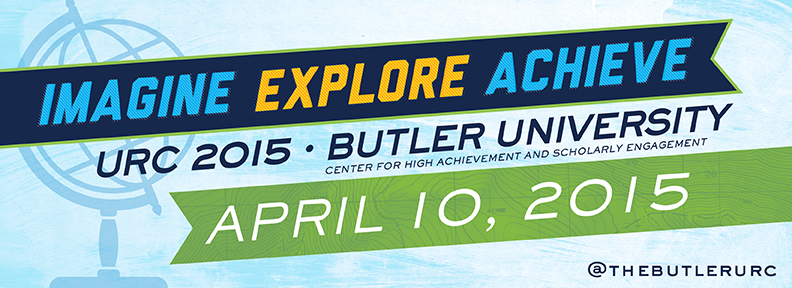
Pharmacy, Health Sciences & Exercise Science
Efficacy of Vibration Training on Reactive Hyperemia
Document Type
Oral Presentation
Location
Indianapolis, IN
Subject Area
Pharmacy, Health Sciences & Exercise Science
Start Date
10-4-2015 11:15 AM
End Date
10-4-2015 12:00 PM
Sponsor
Bryant Stamford (Hanover College)
Description
The purpose was to determine the impact of a vibratory stimulus during workouts of varying duration on reactive hyperemia in upper extremity muscles. In this case study, one male college student completed several groups of trials consisting of two different upper body isotonic exercises. The independent variables were the vibratory stimulus and workout duration (determined by the number of sets completed for each exercise - Bicep Curls and Push-Ups). The dependent variables were reactive hyperemia as determined by the change in volume of the upper extremity, heart rate, and the number of repetitions per set when taken to exhaustion. Exercises were executed on a Power Plate® pro5„¢ at a frequency of 50 Hz. It was hypothesized that (1) the change in volume of the upper extremity after the vibration workout would be greater than the non-vibration workout, (2) max heart rate would reach similar levels between the two conditions, and (3) as the workout duration increased, the differences in reactive hyperemia would decrease between the two conditions. Preliminary findings support all hypotheses. (1) Volume of the upper extremity muscles after the vibration workout was greater than after the traditional workout, (2) max heart rate reached similar levels during both types of workouts, and (3) as the workout duration increased, the differences in reactive hyperemia between the two conditions decreased. It was concluded that vibratory stimulus promotes increased muscle blood flow during resistance exercise, but the impact is compromised by expanded duration.
Efficacy of Vibration Training on Reactive Hyperemia
Indianapolis, IN
The purpose was to determine the impact of a vibratory stimulus during workouts of varying duration on reactive hyperemia in upper extremity muscles. In this case study, one male college student completed several groups of trials consisting of two different upper body isotonic exercises. The independent variables were the vibratory stimulus and workout duration (determined by the number of sets completed for each exercise - Bicep Curls and Push-Ups). The dependent variables were reactive hyperemia as determined by the change in volume of the upper extremity, heart rate, and the number of repetitions per set when taken to exhaustion. Exercises were executed on a Power Plate® pro5„¢ at a frequency of 50 Hz. It was hypothesized that (1) the change in volume of the upper extremity after the vibration workout would be greater than the non-vibration workout, (2) max heart rate would reach similar levels between the two conditions, and (3) as the workout duration increased, the differences in reactive hyperemia would decrease between the two conditions. Preliminary findings support all hypotheses. (1) Volume of the upper extremity muscles after the vibration workout was greater than after the traditional workout, (2) max heart rate reached similar levels during both types of workouts, and (3) as the workout duration increased, the differences in reactive hyperemia between the two conditions decreased. It was concluded that vibratory stimulus promotes increased muscle blood flow during resistance exercise, but the impact is compromised by expanded duration.
